- sort orderDefault
Photo title, A → Z
Photo title, Z → A
✔ Date created, new → old
Date created, old → new
Date posted, new → old
Date posted, old → new
Visits, high → low
Random - Google Map
- map
 home / Insecta · vabzdžiai / Neuroptera · tinklasparniai / Chrysopidae · auksaakės / Chrysoperla carnea s.l. · auksaakė
home / Insecta · vabzdžiai / Neuroptera · tinklasparniai / Chrysopidae · auksaakės / Chrysoperla carnea s.l. · auksaakė

-
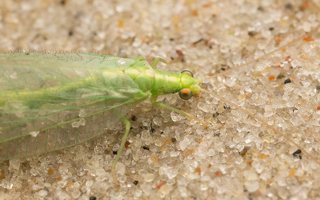 Chrysoperla carnea s.l. · auksaakė
Chrysoperla carnea s.l. · auksaakė
-
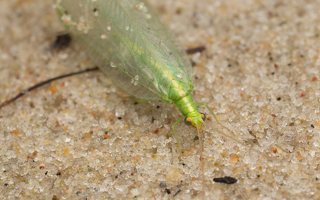 Chrysoperla carnea s.l. · auksaakė
Chrysoperla carnea s.l. · auksaakė
-
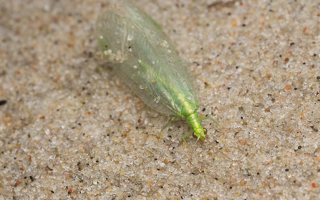 Chrysoperla carnea s.l. · auksaakė
Chrysoperla carnea s.l. · auksaakė
-
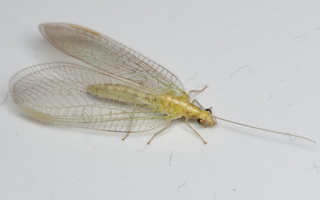 Chrysoperla carnea s.l. · auksaakė
Chrysoperla carnea s.l. · auksaakė
-
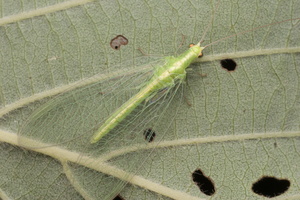 Chrysoperla carnea s.l. · auksaakė
Chrysoperla carnea s.l. · auksaakė
-
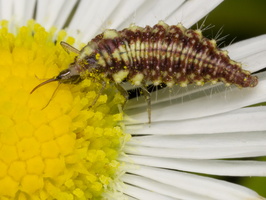 Chrysoperla carnea larva · auksaakė, lerva
Chrysoperla carnea larva · auksaakė, lerva
-
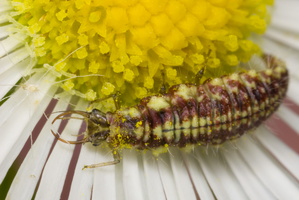 Chrysoperla carnea larva · auksaakė, lerva
Chrysoperla carnea larva · auksaakė, lerva
-
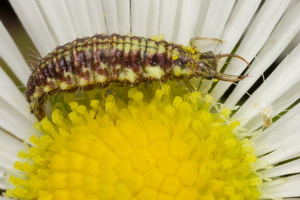 Chrysoperla carnea larva · auksaakė, lerva
Chrysoperla carnea larva · auksaakė, lerva
-
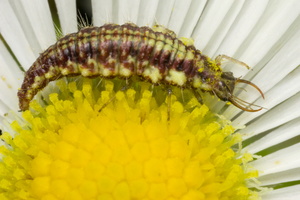 Chrysoperla carnea larva · auksaakė, lerva
Chrysoperla carnea larva · auksaakė, lerva
-
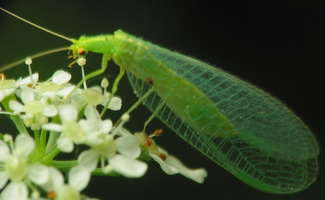 Chrysoperla carnea s.l. · auksaakė
Chrysoperla carnea s.l. · auksaakė
-
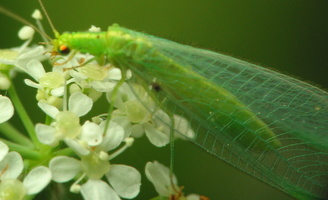 Chrysoperla carnea s.l. · auksaakė
Chrysoperla carnea s.l. · auksaakė
Chrysoperla carnea s.l. · auksaakė
- Common green lacewing
- Gemeine Florfliege
- pihaharsokorento
- złotook drapieżny
- vanlig stinkslända
- en.wikipedia.org/wiki/Chrysoperla_carnea
- naturespot.org.uk/species/chrysoperla-carnea
- gbif.org/species/2105360
Chrysoperla carnea is an exclusively European species. However, due to taxonomic revisions to the genus, in particular the Chrysoperla carnea species group, the exact geographic bounds of the species remain in question. It was originally considered to be a single species with a holarctic distribution but it has now been shown to be a complex of many cryptic, sibling subspecies. These are indistinguishable from each other morphologically.
Although the adults feed on nectar, pollen and aphid honeydew, the larvae are active predators and feed on aphids and other small insects. Adults overwinter under leaf litter or under vegetation in field edges. The larvae are also reared commercially for use against aphids in crops. Adults can be found in various habitats, often entering houses as it prepares for hibernation, and on summer evenings when it is attracted to lights.
The body is delicate, greenish; turning brown during the winter. There is no distinct pattern on the head. Button-shaped, multi-coloured eyes. The pronotum without red streaks and stripes. A light dorsal streak may appear. The wing veins are green, covered with hairs.